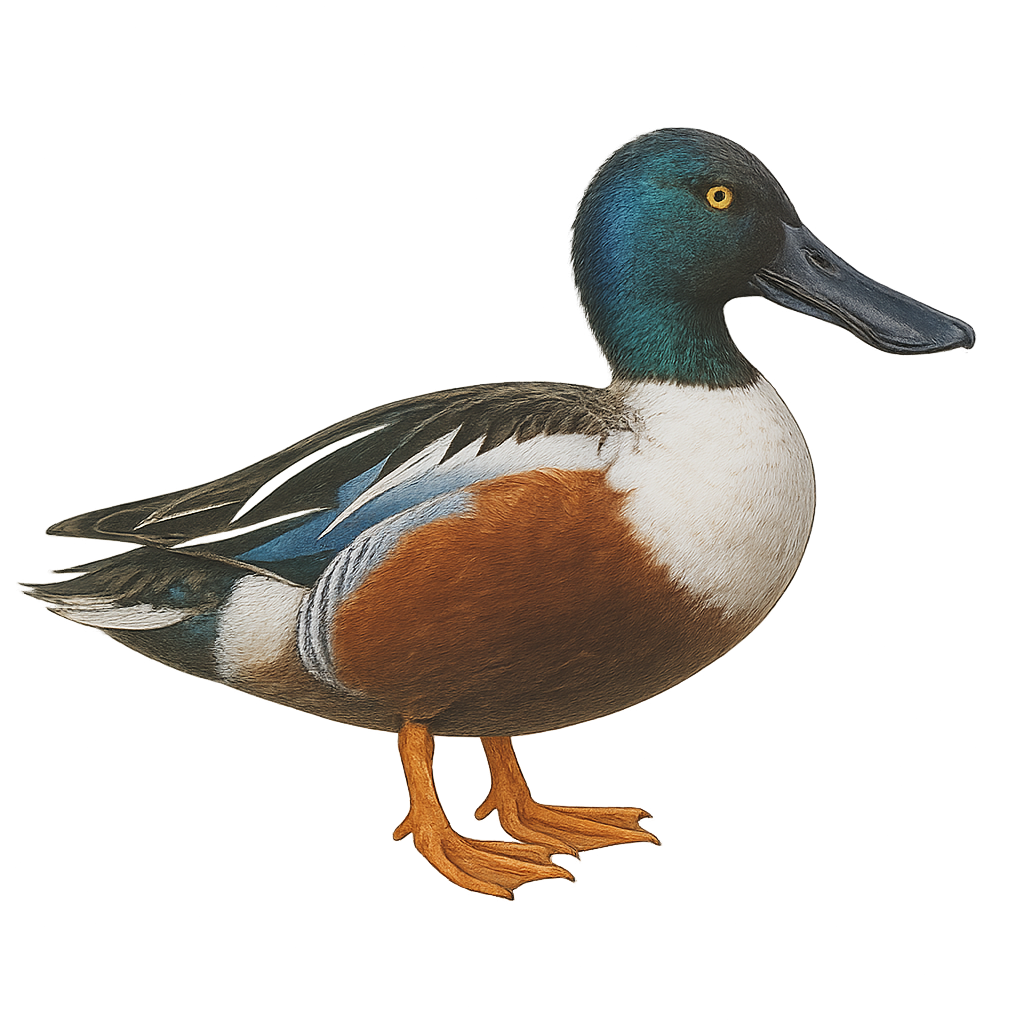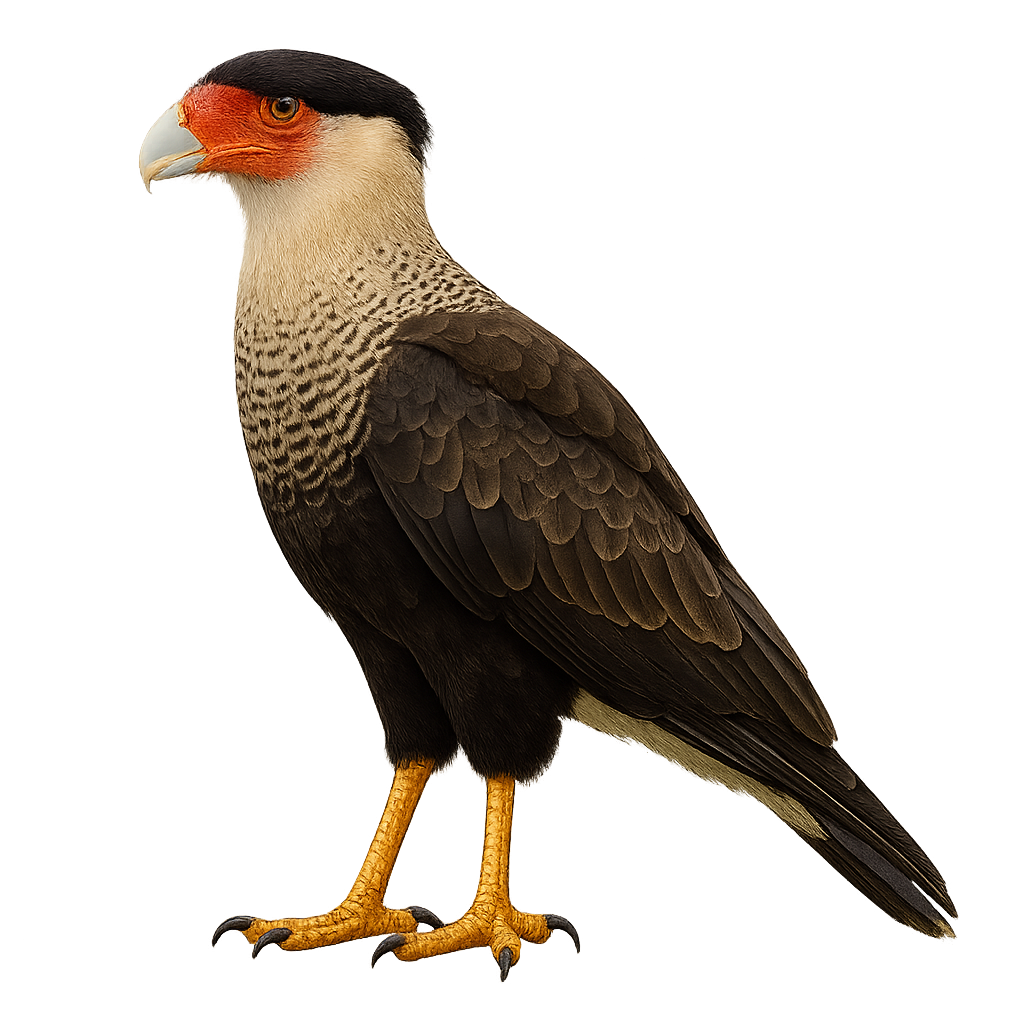Animal Species Profiles:
Mammals, Birds, Reptiles & More
Explore wildlife from around the world with the species profiles on WildlifePhotographer. Mammals, birds, reptiles… For each species, you’ll find key information such as habitat, observation periods, distribution, and photography tips. Want more details and advanced features? Download the full app for the complete experience.
Northern pintail
Anas acuta
The Northern Pintail is a migratory species of duck, easily recognizable by its slender body and long neck, which gives it an elegant and distinctive silhouette. The male during the breeding season has a colorful plumage, with a green head, brown body, and long bill. The female, on the other hand, has more subdued plumage, brown speckled, adapted for camouflage.
This duck primarily inhabits wetland areas, such as marshes, ponds, and rivers, where it feeds on aquatic vegetation, seeds, and insects. The Northern Pintail is a long-distance migrant, leaving its breeding grounds in Europe and Asia to head to Africa or the Middle East during the winter. Although still fairly widespread, the species is threatened by the loss of its natural habitat due to wetland drainage and intensified agriculture.
Northern Shoveler
Spatula clypeata
The Northern Shoveler is a medium-sized dabbling duck, measuring between 44 and 56 cm in length with a wingspan of 70 to 85 cm. The breeding male features an iridescent dark green head, white chest, chestnut flanks, and a large spatula-shaped bill. The female has mottled brown plumage and a similarly shaped bill. This species inhabits shallow wetlands, such as marshes, ponds, and floodplain meadows rich in aquatic vegetation. It feeds by filtering water with its specialized bill, consuming primarily plankton, aquatic insects, crustaceans, mollusks, and seeds. Migratory, the Northern Shoveler breeds in Europe and Asia, wintering in Africa, India, and Southeast Asia. Although listed as Least Concern by the IUCN, it is sensitive to wetland degradation.
Northern caracara
Caracara cheriway
The Northern Caracara is an imposing bird of prey, easily recognizable by its distinctive black and white plumage, with a bright orange head and a powerful beak. This raptor, often mistaken for an eagle due to its behavior and size, is an opportunistic scavenger, feeding primarily on animal carcasses, but it can also hunt live prey, such as small mammals and reptiles.
The Northern Caracara primarily inhabits open areas such as savannas, grasslands, and roadside habitats, where it spends its time scouring the ground for food. It is well adapted to life in varied environments, notably in the southern United States, Mexico, Central America, and South America. Although its population is relatively stable, the species is sometimes threatened by habitat destruction and illegal hunting.
Northern hawk owl
Surnia ulula
The Northern Hawk Owl is a unique nocturnal raptor, easily recognized by its large yellow eyes and its plumage marked with white and gray-brown patterns. It has a slender build with a round head, small size, and broad wings adapted for silent flight. It is primarily found in coniferous forests of northern regions, particularly in wooded areas of North America, Northern Europe, and Russia.
This raptor primarily hunts small mammals, birds, and insects, which it catches with its silent flight skills. The Northern Hawk Owl is also known for its ability to hunt during the day if necessary, especially during the breeding season. It is a relatively discreet bird, often feeding near open areas where it can spot its prey. While its population remains stable in some regions, it is threatened by deforestation and the loss of its natural habitat. It is protected in many areas to preserve its coniferous forests.
Northern gannet
Morus bassanus
The Northern Gannet is a large seabird, easily recognized by its brilliant white plumage and large black-tipped wings. It measures about 85 cm in length, with a wingspan of 170 to 180 cm, and weighs between 2.5 and 3.5 kg. Its long, pointed beak, along with its pale yellowish head, makes it a formidable predator in its marine environment. The Northern Gannet primarily inhabits the rocky coasts of the North Atlantic, where it nests in impressive colonies, often situated on steep cliffs. This bird is an excellent diver, catching its prey by plunging dramatically from heights of up to 30 meters, reaching speeds in excess of 100 km/h. Its diet mainly consists of fish, which it catches either in flight or by diving underwater. While the species is not endangered, it faces risks such as marine pollution, declining fish populations, and disturbances to its nesting sites.
Northern Lapwing
Vanellus vanellus
The Northern Lapwing is a medium-sized bird found primarily in grasslands, fields, and wetlands across Europe, Western Asia, and the Middle East. It typically measures about 28 to 32 cm in length and weighs between 150 and 200 g. Its plumage is primarily black and white, with a distinctive crest on its head and a white belly. The Northern Lapwing is a ground-dwelling bird that primarily feeds on insects, worms, and other small invertebrates found in the soil. It is also known for its ground nesting behaviors, often in colonies. While its population remains stable in some areas, the Northern Lapwing is threatened by habitat loss due to intensive agriculture and land degradation.







